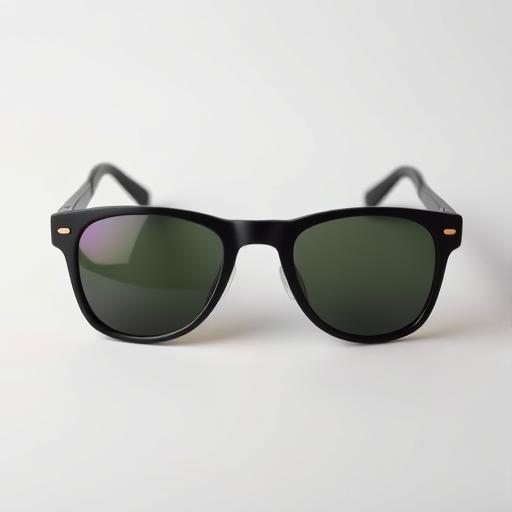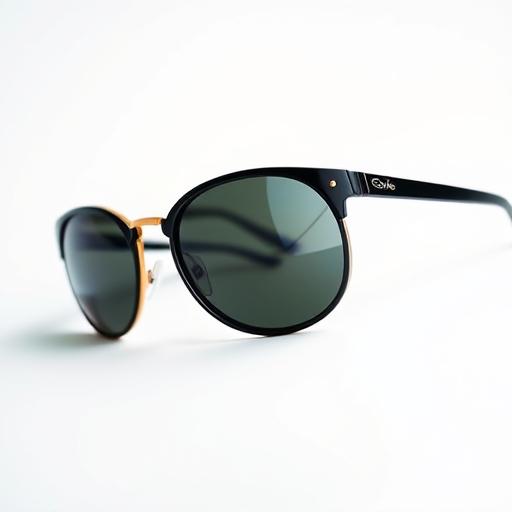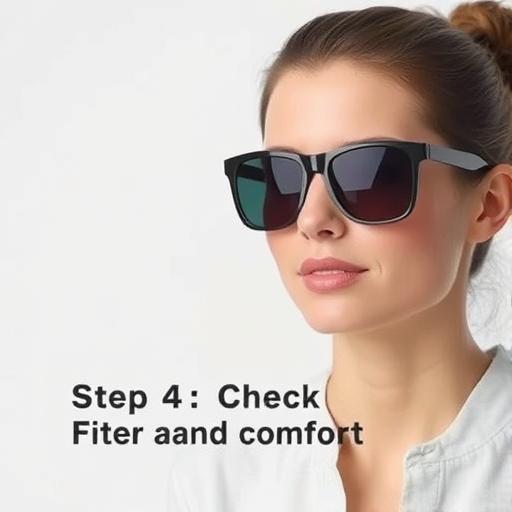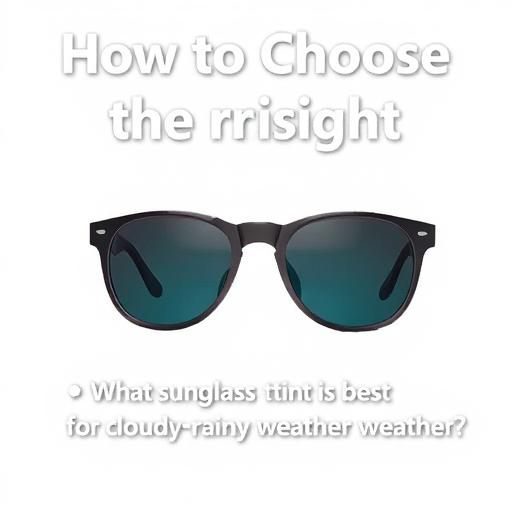How to Choose the Right Sunglasses

Sunglasses are more than just a stylish accessory; they play a crucial role in protecting our eyes from harmful UV rays, reducing glare, and enhancing visual comfort. However, many of us make common mistakes when choosing sunglasses, focusing solely on aesthetics, ignoring the importance of UV protection, or not considering our face shape. This can lead to a less-than-ideal pair that fails to provide adequate protection or comfort. In this blog post, we will provide a step-by-step guide to help you make an informed choice and find the perfect pair of sunglasses that meets your needs.
Step-by-Step Process
Determine Face Shape
Identify your face shape to find frames that complement it.
Choose Lens Material
Select materials like polycarbonate or CR-39 for durability and UV protection.
Check UV Protection
Ensure lenses block 100% of UVA and UVB rays for eye safety.
Consider Lens Tint
Pick tints like gray or brown for better contrast and clarity.
Verify Fit and Comfort
Ensure sunglasses fit snugly without slipping or causing pressure.
Process infographic for How to Choose the Right Sunglasses
Understanding Lens Types and Features
Lens Materials: Which One Suits You?
When it comes to lens materials, there are several options available, each with its pros and cons. Polycarbonate lenses are known for their impact resistance, making them a great choice for active individuals or children. CR-39 lenses are lightweight and provide excellent optical clarity, but may not be as durable as polycarbonate. Glass lenses offer high optical clarity, but can be heavier and more prone to shattering.
- Polycarbonate: Impact-resistant, lightweight, and affordable.
UV Protection: Why It’s Non-Negotiable
UV protection is a critical feature to look for in sunglasses. The American National Standards Institute (ANSI) recommends that sunglasses block 99-100% of UVA and UVB rays, which is equivalent to UV400 protection. This feature is essential for preventing long-term eye damage, including cataracts and macular degeneration. Don’t be fooled by the myth that darker lenses provide better protection – UV protection is not dependent on lens color or darkness.
Lens Tints and Colors: Matching to Your Lifestyle
Lens tints and colors can significantly impact your visual experience. Different tints are suited for various activities and environments. For example:
- Gray lenses: Reduce brightness without affecting color accuracy.
Frame Styles and Face Shape Compatibility
Determining Your Face Shape
To find the perfect frame style, it’s essential to determine your face shape. You can use online tools or measure your face at home to identify your face shape as round, oval, square, heart-shaped, or triangular.
Frame Styles That Flatter Your Face
Different frame styles can accentuate or balance your facial features. For example:
- Round faces: Angular frames, such as cat-eye or rectangular shapes.
Frame Materials: Balancing Durability and Comfort
Frame materials can affect the weight, durability, and comfort of your sunglasses. Acetate frames are lightweight and flexible, while metal frames offer a sleek, modern look. TR90 frames are flexible and resistant to impact.
Key Considerations for Different Uses
Everyday Wear vs. Specialized Activities
When choosing sunglasses, consider the primary use. For everyday wear, versatile lenses such as photochromic lenses can adapt to different lighting conditions. For specialized activities, such as sports or driving, look for lenses with impact resistance, anti-glare coatings, or polarization.

Anti-Reflective and Polarized Lenses
Polarized lenses can reduce glare from reflective surfaces, making them ideal for driving, water activities, or snow sports. Anti-reflective coatings can also enhance visual comfort, especially for night driving or digital screen use.
Evaluating Quality and Authenticity
Spotting Counterfeit Sunglasses
Counterfeit sunglasses can be hazardous to your eyes. Look for red flags such as missing CE certification, inconsistent labeling, or poor lens clarity. Verify authenticity by checking for holograms, brand-specific details, or purchasing from authorized retailers.
The Role of Brand Reputation and Reviews
Trusted brands prioritize safety and quality. Leverage customer reviews and expert ratings to make informed decisions. Research the brand’s reputation, materials, and manufacturing process to ensure you’re getting a high-quality product.
How to Choose Sunglasses: A Step-by-Step Guide
Step 1: Define Your Needs
Identify your primary use for sunglasses, such as everyday wear, sports, or driving. Determine the required features, including UV400 protection, polarization, or anti-glare coatings.
Step 2: Assess Lens Features
Prioritize UV protection, select a tint based on your environment, and decide on lens type, such as polarized or photochromic.
Step 3: Pick the Right Frame Style
Match frame shape, size, and color to your face and personal style. Consider frame materials, such as acetate, metal, or TR90.
Step 4: Check Fit and Comfort
Ensure the frames sit securely without slipping, and the nose bridge is comfortable.

Step 5: Set a Realistic Budget
Balance cost with quality. Premium brands aren’t always necessary, but cheap fakes can harm your eyes.
Step 6: Verify Authenticity and Safety
Test for UV400 certification and look for quality indicators, such as anti-reflective coatings or scratch resistance.
Conclusion
Choosing the right sunglasses requires careful consideration of lens features, frame style, purpose, and budget. By following these steps, you can find a pair that provides adequate protection, comfort, and style. Don’t be afraid to experiment with different styles and lenses to find the perfect fit. Finally, always test sunglasses outdoors to ensure they meet your needs.
FAQs: How to Choose the Right Sunglasses
What does UV400 protection mean, and why is it important?
UV400 protection means that the lenses block 99-100% of UVA and UVB rays, preventing long-term eye damage.
Are polarized lenses better than non-polarized ones?
Polarized lenses are beneficial for reducing glare from reflective surfaces, but may not be necessary for all activities.
How can I tell if my sunglasses are fake?
Look for signs such as missing certifications, poor fit, and inconsistent packaging.
Is it worth spending more on designer sunglasses?
Premium brands can offer advanced materials and quality, but cheaper alternatives may suffice for casual use.
What sunglass tint is best for cloudy or rainy weather?
Lighter tints, such as gray, or amber lenses can enhance contrast and visibility in low-light conditions.

